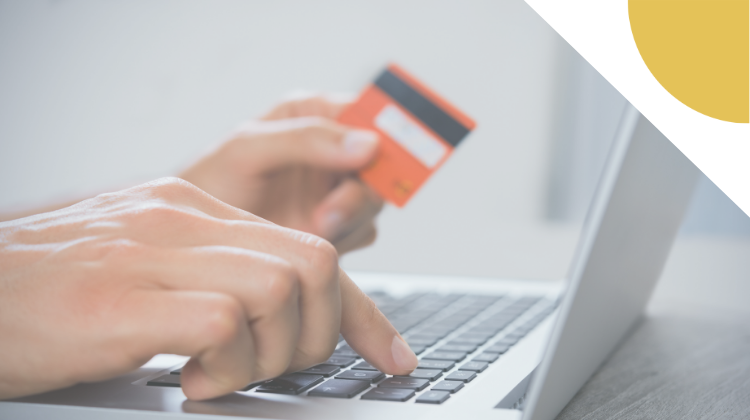Payments
The emergence of contactless payments: J.P. Morgan now offers Tap to Pay on iPhone
- J.P. Morgan Payments has launched Tap to Pay on iPhone and Sephora will be the first merchant client to use the service.
- J.P. Morgan Payments enabling Tap to Pay on iPhone is a part of the bank’s broader approach to creating a payments ecosystem that aligns with the evolving preferences of end users.









